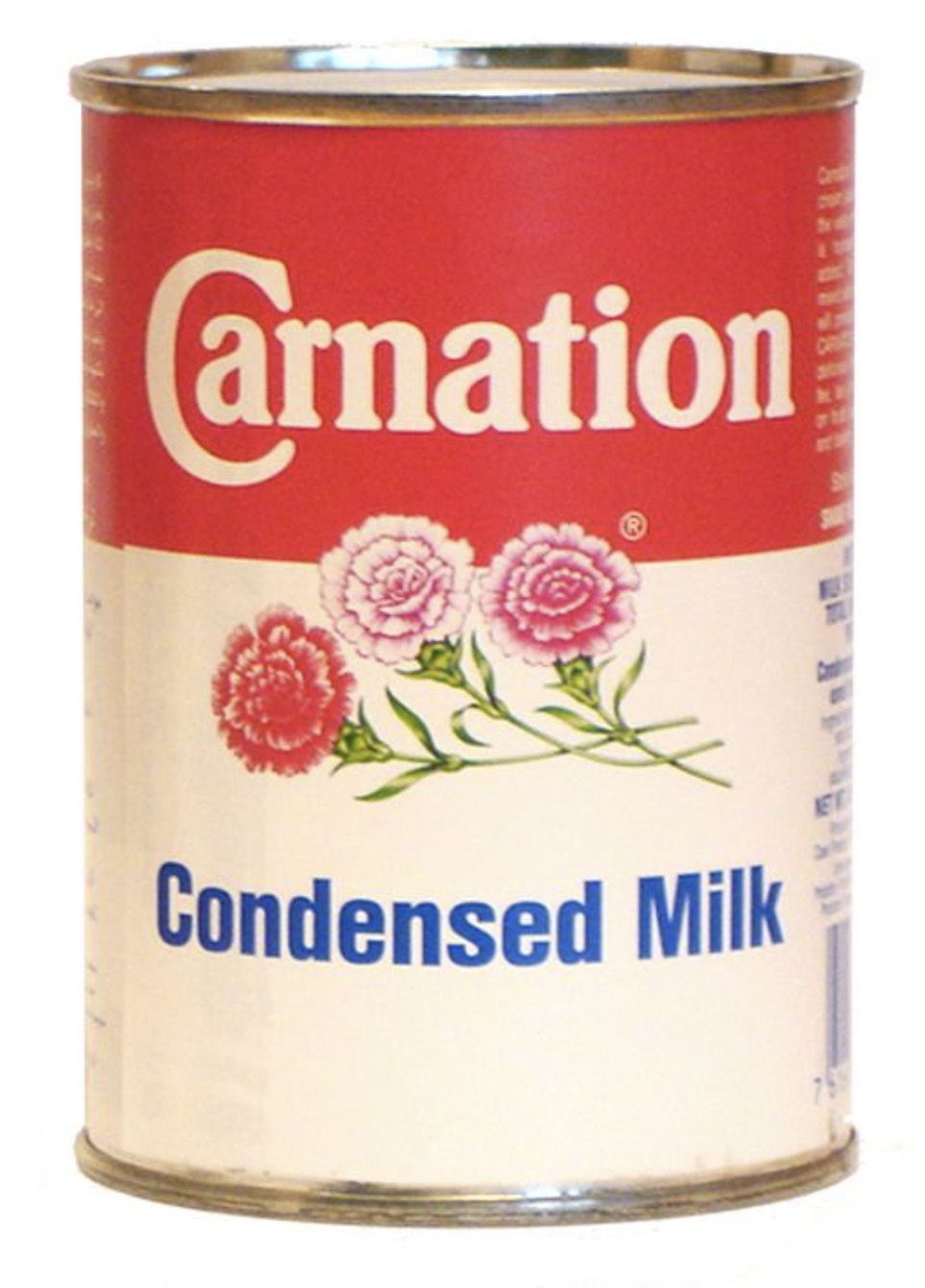
in 1884, and in the same year was granted a basic patent, on his invention of a sterilizer. Meyenberg, a Swiss, who was an operator in the original plant of the Anglo-Swiss Condensed Milk Co., Switzerland. The basic principle in the process of preserving unsweetened condensed milk by heat-sterilization was introduced by John B. In 1904, it consolidated with Henry Nestle of Switzerland forming the Nestle-Anglo-Swiss Condensed Milk Co. About 1880, it extended its operations to the U.S.A., but in 1902 it sold its American interests to Borden. This company prospered and grew rapidly in Europe. Page, with the assistance of Swiss and English capital. was organized in Switzerland by the American brothers Charles A. Records show that Borden manufactured sweetened condensed milk sold under the famous Eagle Brand label as early as 1856.Ībout 1860, the Anglo-Swiss Condensed Milk Co. In 1856, he received a patent both from the U.S.A. Borden is said to have experimented for some ten years before he finally decided that a semi-fluid state, produced by evaporation in vacuo, was the best form of preservation. The commercially successful manufacture of condensed milk was initiated by the American, Gail Borden (1801-74), who is known as ‘the father of the process of milk condensing’. The milk so treated was found to have very good keeping quality. The bottles so filled and sealed were then held in a boiling water-bath for two hours. The condensed milk was strained, cooled and poured into glass bottles, filling them to the brim and corking them tightly. In 1809, Nicholas Appert (1749-1840), a French Food Scientist, announced his discovery of a means of preserving milk (without the admixture of sugar or other preservatives) by the following method- the milk was condensed by heating it in an open vessel placed in a water-bath over fire, to about two-thirds of its original volume. The advent of condensed milks belongs to the nineteenth century.

Introduction and Development of Condensed Milk: Introduction and Development of Condensed Milk 2. 2020.In this article we will discuss about:- 1.
#CONDENSE MILK CODE#
CFR – Code of Federal Regulations 21CFR131.120.Encyclopedia of Food Sciences and Nutrition, Academic Press, 2nd edition, 2003. In baked goods, this ingredient is often incorporated into:Īs a food, condensed milk is regulated by FDA under 21CFR131.120. Evaporated milk is simply milk that has been heated to produce a product with the consistency of a cream. Although both products have some of the water removed, condensed milk contains 40-45% sugar that has been cooked prior to mixing with whole milk to make it sweet and gooey. ApplicationĬondensed milk is often confused with evaporated milk. Due to its high fat and sugar content, it contributes calories may not be suitable for those with lactose intolerance. In addition, it contains calcium, phosphorous and B-vitamins mainly riboflavin (B2) and cyanocobalamin (B12). Typical macro nutrients profile (per 100 g): 3,4 While stability of this ingredient is due to the high concentration of sugars, evaporated milk stability is ensured by sterilization. The resulting condensed milk fluid can store for around 2 years without refrigeration if produced and canned appropriately. Piping into sterilized cans and vacuum-sealing.It is this sugar that preserves the condensed milk. The milk is cooled and then inoculated with approximately 40% powdered lactose crystals followed by agitation to stimulate crystallization.Concentration under vacuum pressure to form a homogenous syrup with 30-40% solid.It is then piped to the evaporator where water is removed. Whole milk is flash-heated to about 185☏ (85☌) for several seconds.Briefly, standardized whole milk is pasteurized and partially evaporated at low temperature to avoid scalding or burning followed by sugar addition. The production relies on special processing equipment. Cooking without curdling (puddings, sauces).In food and baked products, this type of milk provides the following benefits: It is widely used in various deserts, sweet-savory foods, fudge, candies, waffles and baked goods as well as companion to coffee, tea and other drinks. 2 FunctionĬondensed milk has a long shelf life and low moisture compared to regular milk. Standardization was only established later at the beginning of the 20th Century.

Later, it was adopted by the Anglo-Swiss company Page-Nestle’ which became Nestle’. The first sweetened hermetically-sealed condensed cow’s milk was produced by Gale Borden in the United States.

Producing this dairy product began in the Mid-nineteenth Century and was driven by the need to find ways to preserve milk.


 0 kommentar(er)
0 kommentar(er)
